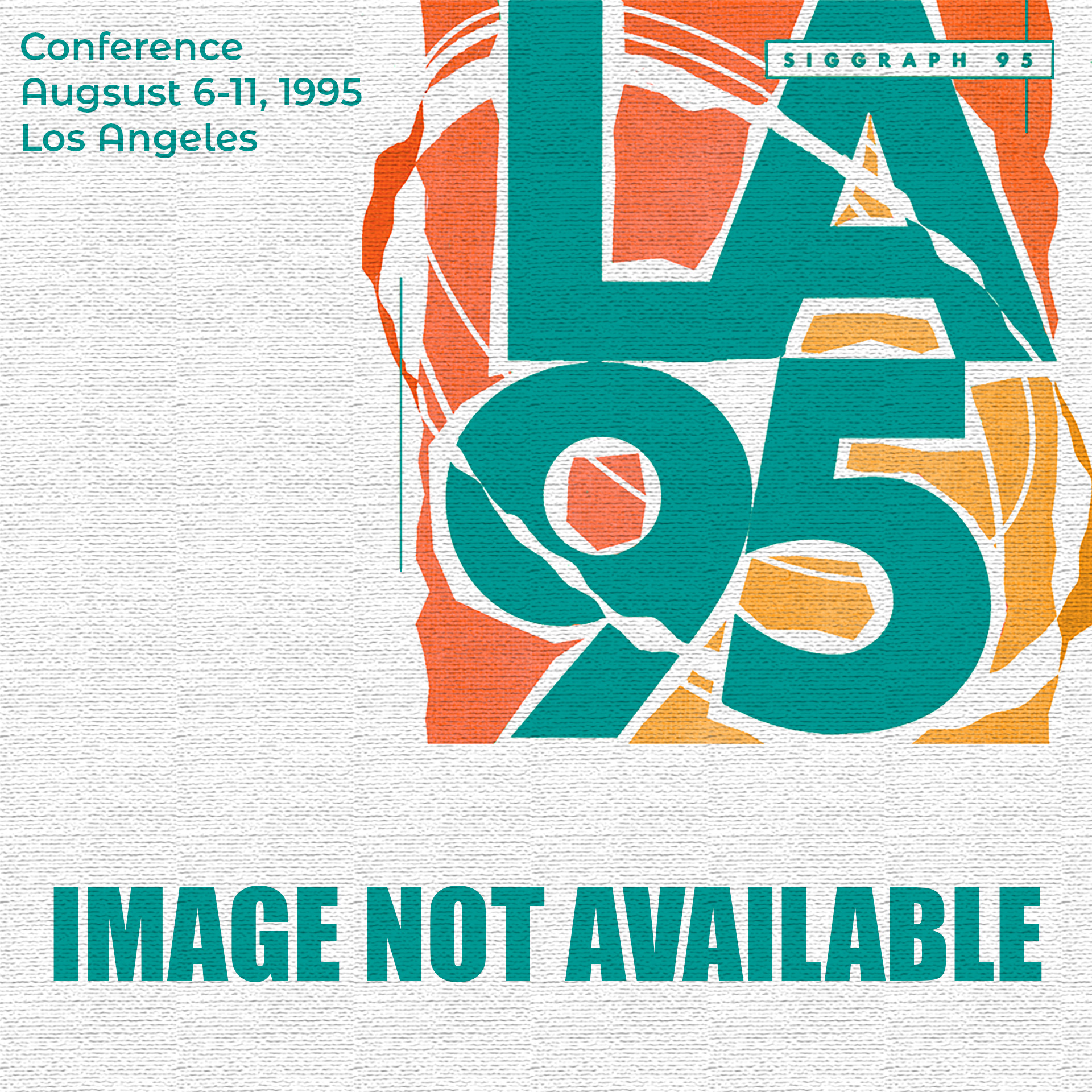“The Transformed And Transforming Image In The Shift From Print To Digital Culture” by Stensaas
Conference:
Type(s):
Title:
- The Transformed And Transforming Image In The Shift From Print To Digital Culture
Presenter(s)/Author(s):
Abstract:
This paper investigates issues germane to “reading” images in a digital medium by considering both visual language as it is constrained by hardware and software, and visual culture as it is changed by a medium that pushes us towards a thought idiom that embodies multiplicity and simultaneity.
Images in and of a culture reflect our cultural understandings of ourselves. Images in any culture are constantly changing, and as they change, they transform the culture. Likewise, as a culture undergoes change, the images of the culture are transformed. In this way, image and how we read images are both the trace element of and a visual wake following the shifts in our collective understandings. Image operates both as an integral part of an organic, changing energy system that generates momentum towards a culture shift and as a footprint that references visual metaphors in describing a cultural shift that is taking—or has taken—place.
To understand the transformed and transforming nature of images in culture, we must first understand the components of the image, particularly the compositional or visual language and the cultural context of the image. What sits between the visual language and the cultural context of the image is the medium in which the image appears. It is not that the medium is the message as Marshall McLuhan has suggested; rather the medium creates both a cultural context and a medium-particular visual language, contributing significantly to the meaning we “read” from an image.
Medium in a larger sense designates the boundaries of our collective understandings – our epistemology – in the ways in which it is integral to both how we “read” the cultural context and visual language of the text and how that constructed “reading” defines our thought idiom. Just as the medium in a fine arts context creates a medium-specific visual grammar and a cultural context from which the artist is able to shape an image from his or her own inner vision or knowing, so too does medium in the larger sense define what kinds of “pictures” we collectively create to understand or know the world. In this way, the digital medium is much more than a new tool or toy used by visual artists. Rather, this paper argues that our tentative steps towards using this new medium represent a shift as significant as the move from oral culture to print culture — that we are in the midst of a shift from print culture to digital culture.
Through a comparison of images based on Manet’s Luncheon on the Grass and the Mona Lisa, this paper lays a foundation for similar comparisons of hypertexts which use visual images. By looking at the characteristics of digital visual language and cultural context and noting the similarities and differences between them and the more familiar print culture visual language and cultural contexts, this paper considers issues germane to reading images in the digital medium.





